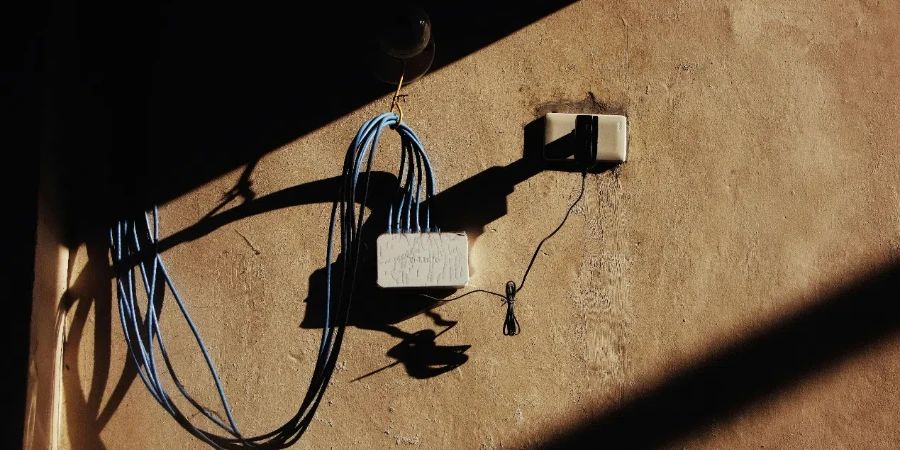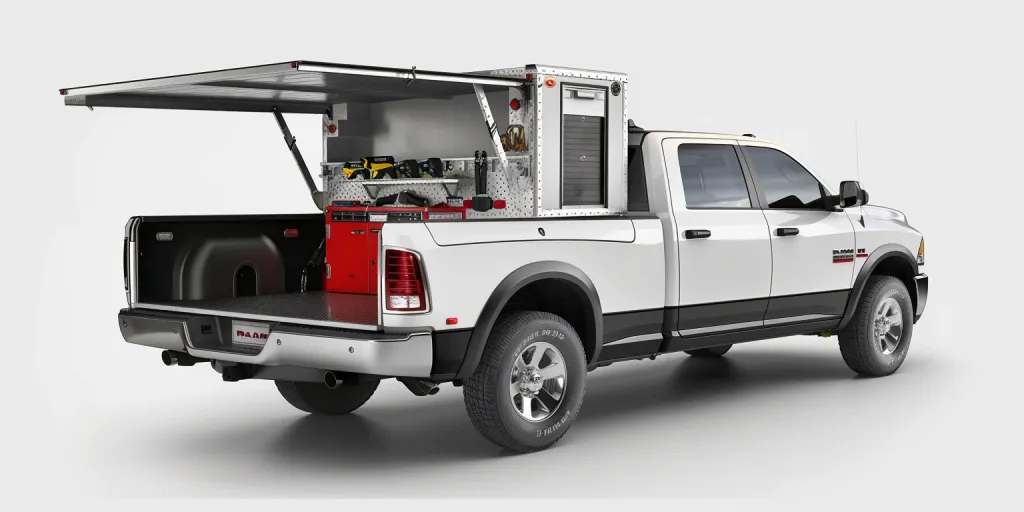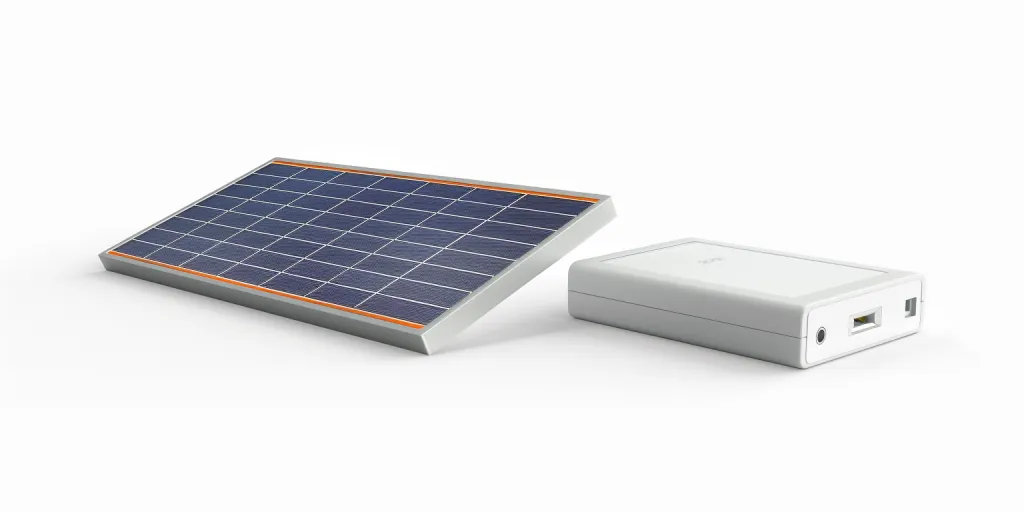In 2024, the global electrical equipment market, including European plug adapters, reached a staggering USD 5.3 billion. As we move into 2025, the demand for advanced, eco-friendly, and smart plug adapters is set to rise, driven by technological innovations and increasing international travel.
This article provides business buyers, including wholesalers, retailers, and purchasing professionals, with key insights into selecting the best European plug adapters to meet market needs and regulatory standards.
Table of Contents:
– The Dynamic Market Landscape
– Detailed Analysis of This Market
– Key Factors When Selecting European Plug Adapters
– European Plug Adapter Technology Trends for 2025
– Regulatory Compliance for European Plug Adapters
– Packaging and Initial Setup
– In Summary
The Dynamic Market Landscape
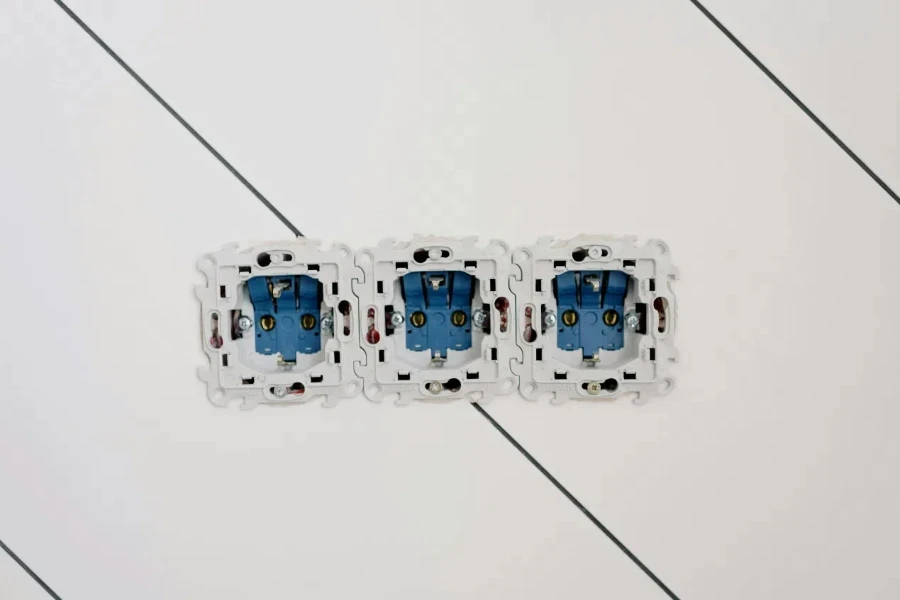
The European plug adapter market is a crucial part of the larger electrical equipment sector. The electrical equipment market is projected to reach USD 5.3 billion by 2024 and it’s expected to grow at a compound annual growth rate (CAGR) of 0.79% from 2024 to 2029. In 2024, the value added per capita in the electrical equipment market is forecasted to be USD 110.7, with a value-added margin of 25%.
The electrical equipment market’s output is anticipated to reach USD 20.6 billion in 2024. Each enterprise is projected to contribute USD 12.0 million, reflecting a manufacturing intensity of 1.4%. The number of enterprises is expected to grow to 1,720, with a CAGR of 1.36% from 2024 to 2029, underscoring the market’s robust growth potential.
The European home appliance market, which includes plug adapters, is also set for significant expansion. By 2024, the small appliances market alone is expected to generate USD 79.59 billion in revenue, growing at a CAGR of 9.55% to reach USD 125.60 billion by 2029. This growth reflects strong demand for electrical accessories, driven by increased appliance ownership and technological advancements.
Detailed Analysis of This Market

Key Performance Benchmarks and Market Share Dynamics
The European plug adapter market is competitive, with major players like Schneider Electric, Legrand, and MENNEKES International holding substantial market shares. Western Europe exhibits higher adoption rates due to advanced infrastructure. The average revenue per user (ARPU) in the small appliances market, including plug adapters, is expected to reach USD 85.23 by 2029.
Economic Influences and Consumer Behavior Shifts
Factors such as disposable income and urbanization are driving demand for plug adapters. In 2024, the value added in the electrical equipment market in France is projected to be USD 12.6 billion, with a CAGR of 0.80% from 2024 to 2029. Consumers are increasingly seeking energy-efficient and smart plug adapters, motivated by environmental awareness and regulatory policies.
Seasonal Demand Patterns and Distribution Channel Preferences
Demand for plug adapters peaks during travel and holiday seasons. E-commerce platforms are becoming more prominent distribution channels, reflecting a shift towards online purchasing. However, traditional retail outlets remain important in areas with less digital penetration.
Recent Innovations and Product Lifecycle Stages
Innovations include smart adapters with USB ports and energy monitoring features. These products move from introduction to growth, with mature products focusing on differentiation through advanced features. The smart sockets and plugs market is expected to grow at a CAGR of 21.26%, reaching USD 953.74 million by 2030.
Digitalization and Social Trends
Digitalization is reshaping the plug adapter market, with smart home systems driving the adoption of intelligent plug adapters. Trends such as remote work and increased travel are boosting demand for versatile and portable adapters. The small appliances market is projected to grow significantly, reaching 1,378.0 million users by 2029.
Environmental Regulations and Customer Pain Points
Strict environmental regulations in Europe encourage manufacturers to produce eco-friendly and energy-efficient plug adapters. Customers seek solutions to compatibility issues, safety concerns, and the need for durable products. Addressing these challenges through innovation and regulatory compliance is vital for success.
Niche Markets and Future Projections
Niche markets include industrial and commercial sectors, where demand for heavy-duty adapters is rising. The industrial plugs and sockets market is segmented by type, protection, current, and end-user, with growth expected in agriculture and chemicals sectors. This market is projected to grow substantially, driven by increased industrial activities and technological advancements.
In conclusion, the European plug adapter market is poised for steady growth, supported by economic factors, technological innovations, and evolving consumer preferences. With a focus on sustainability and smart technology, the market is set to meet the rising demand for reliable and versatile plug adapters in the coming years.
Key Factors When Selecting European Plug Adapters
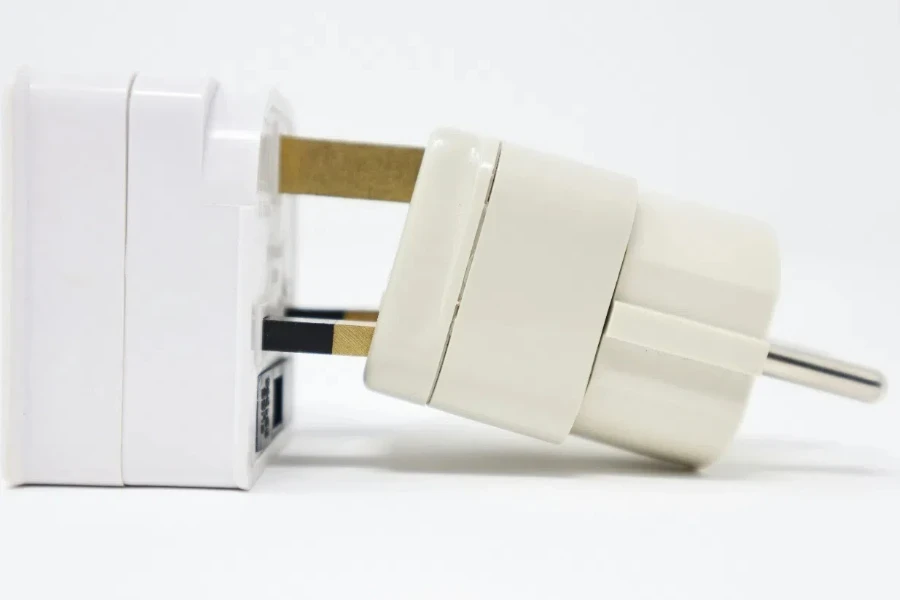
When choosing European plug adapters, several important factors should be considered, from technical specifications to safety standards. Understanding these elements will help you select a product that meets your needs and complies with international standards.
a. Technical Specifications
European plug adapters come with various technical specifications crucial for compatibility and safety.
Voltage and Frequency Compatibility: The standard voltage in Europe is 230V, with a frequency of 50Hz. Ensure the adapter supports these to prevent damage to your devices. Many adapters can handle a range of voltages (100-240V) and frequencies (50-60Hz), making them versatile for international travel.
Plug Type Compatibility: Europe primarily uses Type C, E, and F plugs. Type C plugs are two-pin, while Type E and F are grounded. Choose an adapter that supports these types for use across different European countries.
Power Rating: Check the power rating, measured in watts (W), to ensure it matches your devices’ needs. High-power devices like hairdryers may need adapters with higher wattage ratings.
b. Safety Standards and Certifications
Safety is crucial when using electrical devices. European plug adapters must meet specific safety standards and certifications.
CE Marking: This mark shows compliance with EU safety, health, and environmental requirements. Ensure the adapter has the CE marking for assurance of compliance.
RoHS Compliance: The RoHS directive limits hazardous materials in electrical equipment. RoHS-compliant adapters are safer and environmentally friendly.
Overload Protection: Adapters with overload protection prevent device damage by cutting off power during surges. This feature is vital for prolonging your electronics’ lifespan.
c. Build Quality and Materials
The build quality and materials of European plug adapters significantly affect their durability and reliability.
Material Quality: High-quality materials like fire-resistant polycarbonate or thermoplastic are preferred for durability and safety. These materials withstand high temperatures, reducing fire hazards.
Design and Ergonomics: A well-designed adapter should be compact and lightweight for easy portability. Ergonomic designs with easy-grip surfaces make plugging and unplugging convenient.
Durability: Look for adapters with robust construction that can withstand frequent use and travel. Reinforced prongs and sturdy casing enhance overall durability.
d. Compatibility with Other Devices and Systems
Ensuring compatibility with your devices and systems is essential when selecting a European plug adapter.
USB Ports: Many modern adapters include USB ports for charging multiple devices simultaneously. Check the number and type of USB ports (e.g., USB-A, USB-C) to match your needs.
Universal Adapters: Some adapters work in multiple countries, not just Europe. Universal adapters are a versatile solution for frequent travelers.
Smart Features: Advanced adapters may offer features like automatic voltage adjustment, surge protection, and Wi-Fi connectivity for remote control, enhancing functionality and convenience.
e. Price Range and Budget Considerations
Price is a factor when purchasing electronic accessories. European plug adapters vary in price, offering different features and quality levels.
Budget Options: Basic adapters without extra features are affordable, typically $5 to $15, suitable for occasional travelers.
Mid-Range Options: Adapters in the $20 to $50 range often include features like USB ports and surge protection. These are ideal for frequent travelers needing reliable performance.
Premium Options: High-end adapters, priced above $50, offer features like smart connectivity and superior build quality. These are perfect for tech-savvy users who require high performance and durability.
European Plug Adapter Technology Trends for 2025
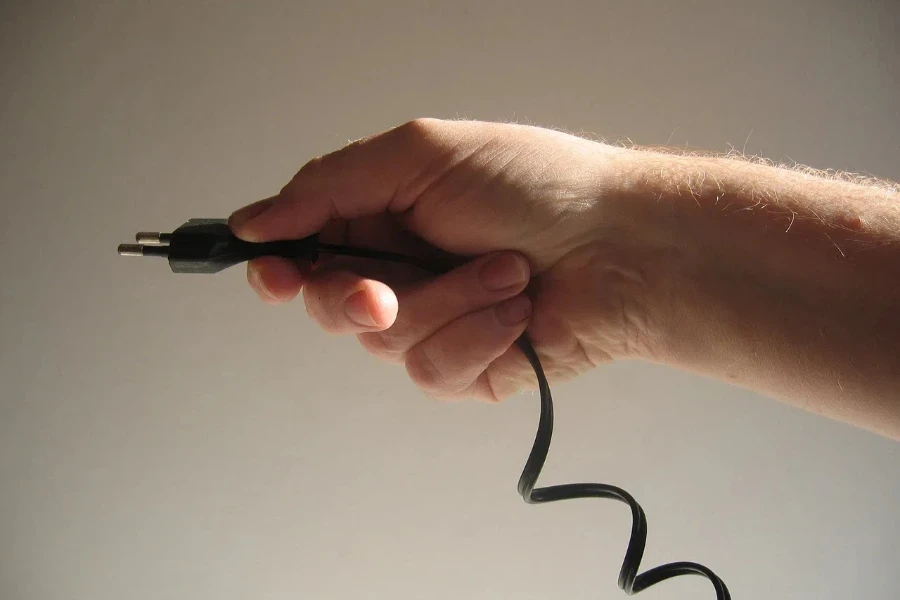
As technology advances, European plug adapters are evolving with new features and improvements.
Smart Adapters: Smart technology integration is increasing. These adapters can connect to Wi-Fi, allowing control via a smartphone app. Features like scheduling and remote control boost convenience and energy efficiency.
USB-C Integration: With USB-C’s growing use for charging and data transfer, many new adapters include USB-C ports. This trend is expected to continue, offering faster charging and better compatibility with modern devices.
Eco-Friendly Materials: A focus on sustainability is leading to the use of eco-friendly materials in adapter manufacturing, like recycled plastics, reducing environmental impact.
Regulatory Compliance for European Plug Adapters
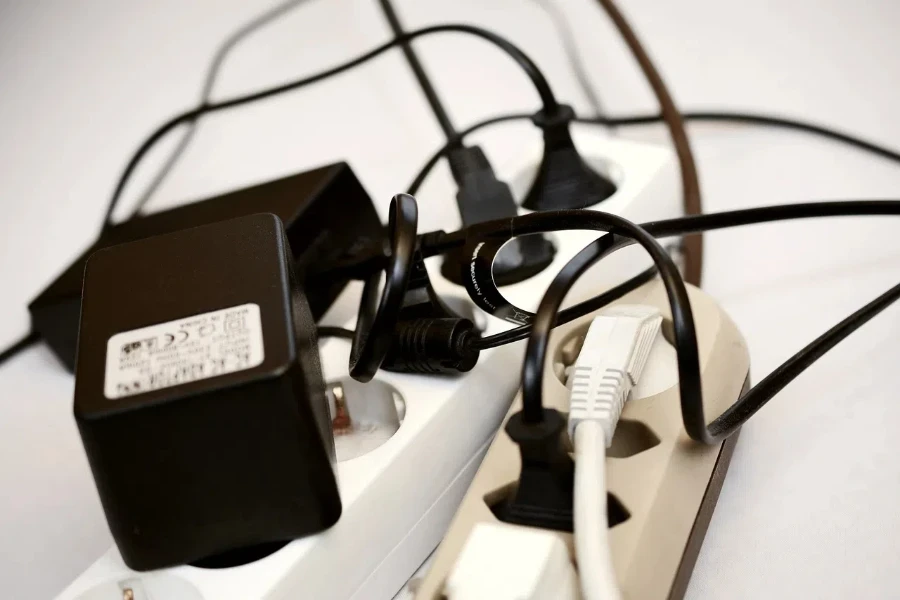
Compliance with regulatory standards is crucial for the legal sale and use of European plug adapters.
EU Directives: Adapters must comply with EU directives like the Low Voltage Directive (LVD), Electromagnetic Compatibility (EMC) Directive, and RoHS Directive, ensuring safety and environmental standards.
National Standards: Besides EU regulations, adapters must meet specific national standards in different European countries, including local electrical codes and safety requirements.
Testing and Certification: Reputable manufacturers subject their products to rigorous testing and certification. Look for adapters tested by recognized bodies like TÜV, Intertek, or SGS.
Packaging and Initial Setup
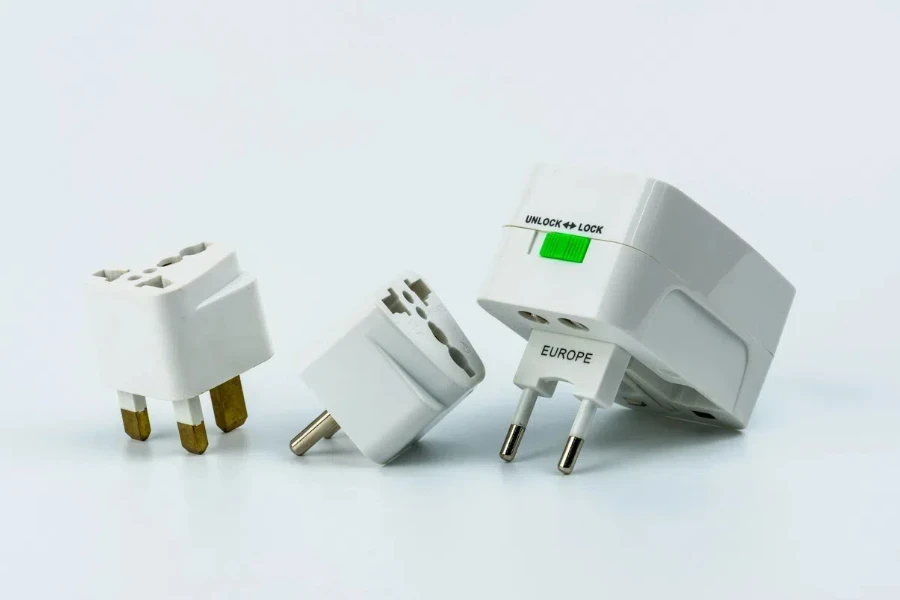
The packaging and initial setup of European plug adapters can affect user experience.
Packaging Quality: High-quality packaging protects the adapter during shipping and provides a good first impression. Look for packaging with clear instructions and all necessary components.
Ease of Setup: Adapters should be easy to set up and use. Clear, concise instructions and intuitive designs reduce setup complexity.
Included Accessories: Some adapters include accessories like carrying cases, extra plugs, or USB cables, enhancing value and convenience.
In Summary
Selecting the right European plug adapter involves considering factors like technical specifications, safety standards, build quality, compatibility, and price. Understanding these aspects helps you make an informed decision, ensuring your devices’ safety and reliability.
